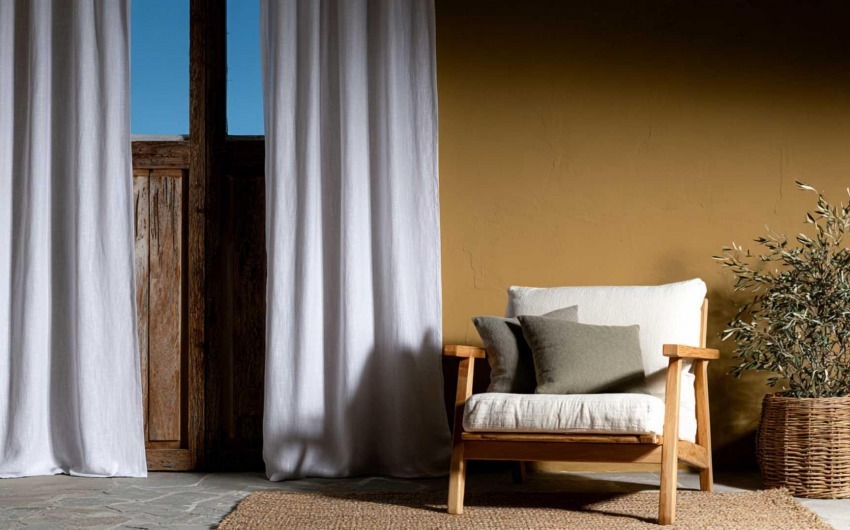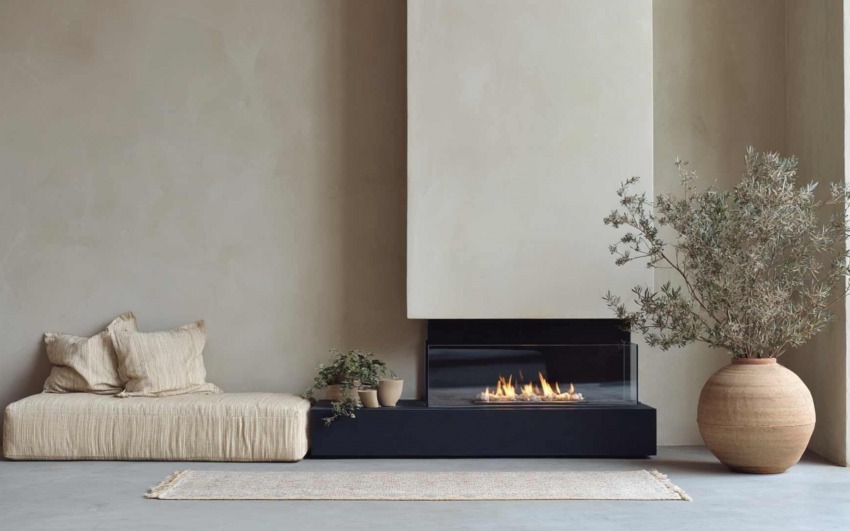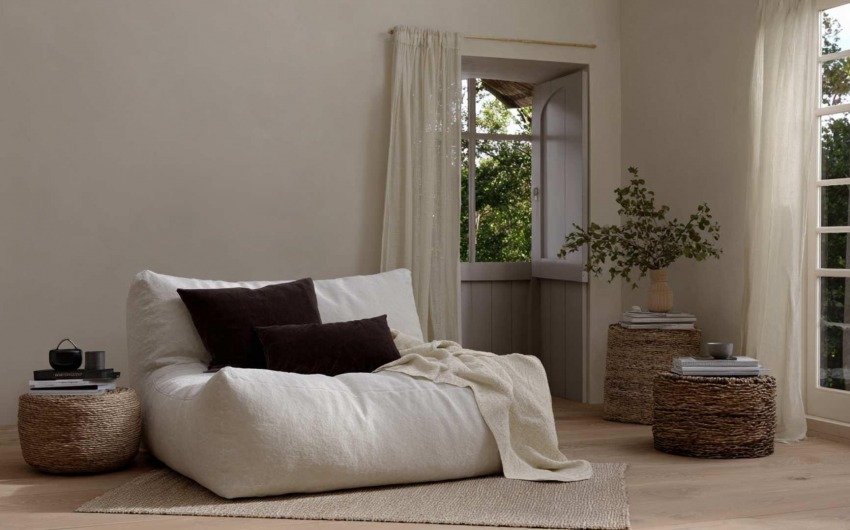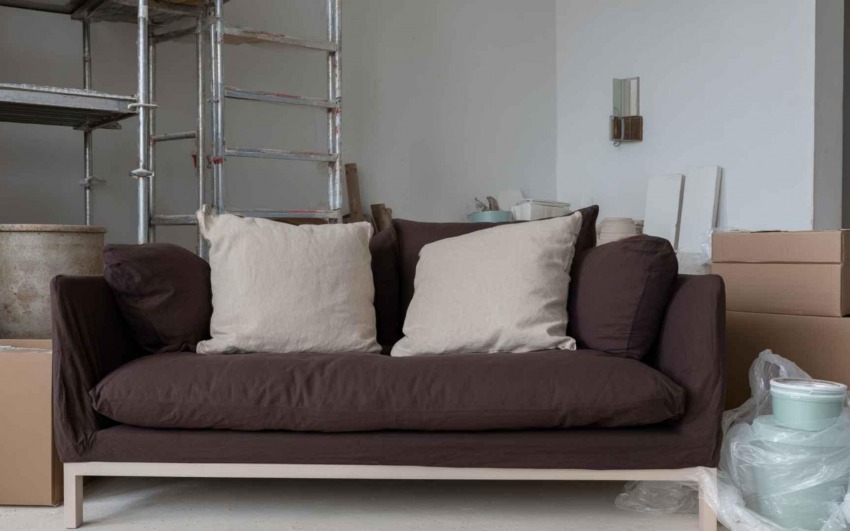6/20/2025
Texture—both tactile and visual—is one of the most effective tools for adding character, depth, and warmth to a room. In this article, we explore how to use materials and surfaces to make each space feel more layered, inviting, and uniquely yours.
1. What Do We Mean by Texture?
In interior design, texture refers to how a surface looks and feels:
Visual texture: what the eye perceives (e.g., wallpaper with a linen effect).
Tactile texture: what the hand feels (e.g., a shaggy rug or a velvet sofa).
Layering different textures makes a room more dynamic and engaging, avoiding a flat, monotonous effect.
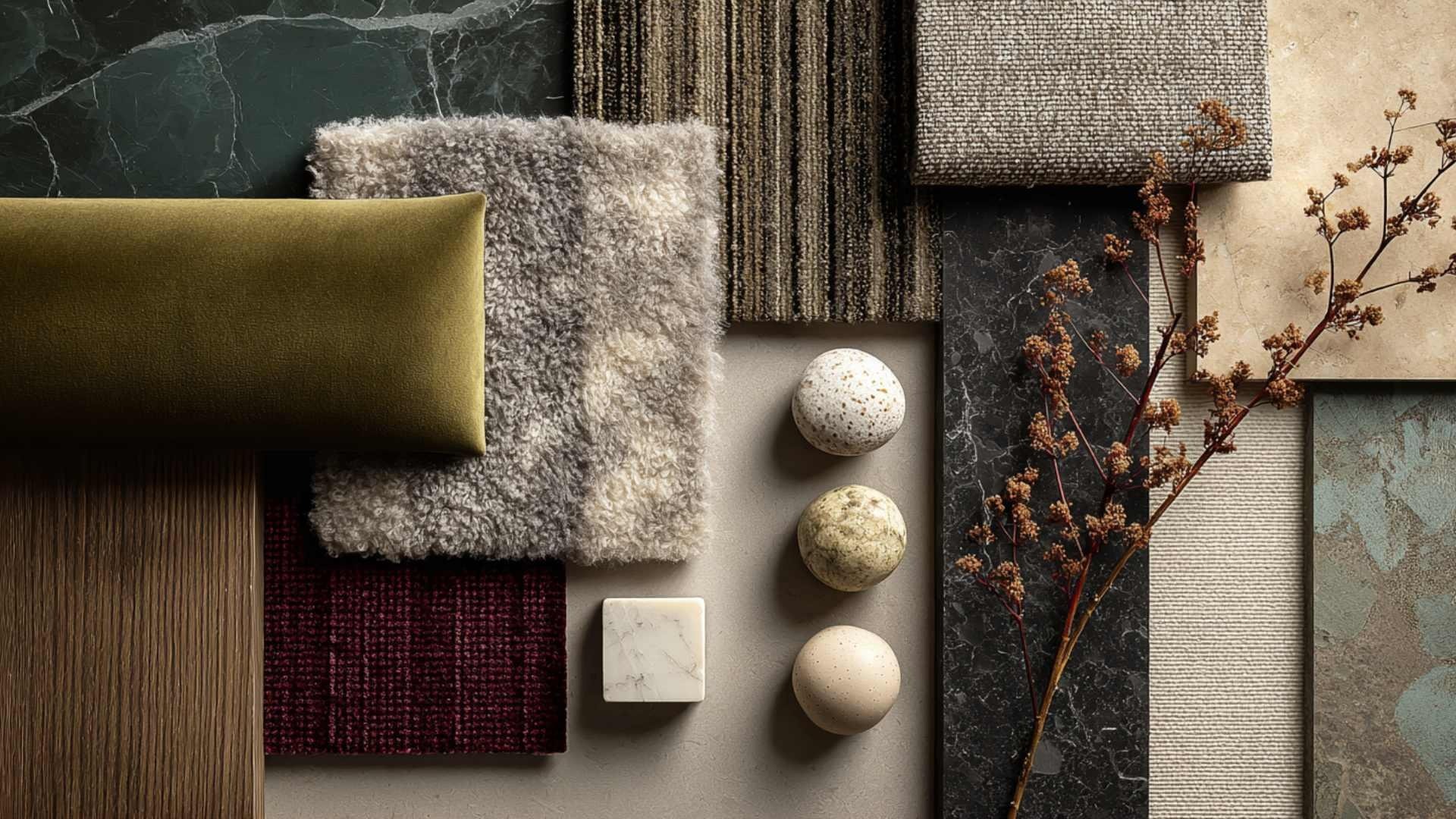
2. How to Introduce Texture into Interiors
There are many ways to add texture:
Textiles: curtains, cushions, rugs, blankets.
Materials: raw wood, concrete, stone, brushed metal.
Wall finishes: textured wallpapers, wood paneling, decorative plasters.
Furniture details: upholstery, woven surfaces, natural leather.
The key is to mix materials—combine smooth with rough, matte with glossy.
_6b6a853352_.jpg)
3. Natural Textures: Warmth and Authenticity
Natural materials are ideal for bringing texture and a cozy, organic feel into the home:
Wood: with visible grain, it adds warmth and craftsmanship.
Linen, cotton, wool: soft, breathable fabrics.
Raw stone and ceramic: great for bathrooms, kitchens, or decorative details.
They’re perfect for Nordic, rustic, wabi-sabi, or warm minimalist styles.
_7a7601fcb7_.jpg)
4. Texture for Every Style
Modern: plays with contrast—smooth (glass, lacquer) vs. rough (cement, coarse fabrics).
Classic: favors velvet, carved wood, damask upholstery.
Industrial: raw metal, aged leather, exposed brick.
Boho or eclectic: bold mixes of textures, patterns, and ethnic or vintage materials.
Texture becomes a visual language that reinforces the space’s personality.
_3a1ab64aad_.jpg)
5. Playing with Light and Shadow
Texture is not just for the hands—it’s for the eyes too. Textured surfaces interact with light, creating shadows, reflections, and visual depth. A woven fabric near a light source or a 3D wall covering can completely change how a room is perceived.
_1458d2bbd6_.jpg)
Adding texture means bringing interiors to life. It makes a space more welcoming, personal, and multisensory.
With just a few touches—a rug, a rough curtain, a terracotta vase, a bouclé sofa—you can transform the mood of a room without changing the entire décor.
Because in the end, it’s the details that reveal the true personality of a home.
_14077b47db_23.jpg)
Interior Designer since 1985
CEO & Founder, Italian Design in the World
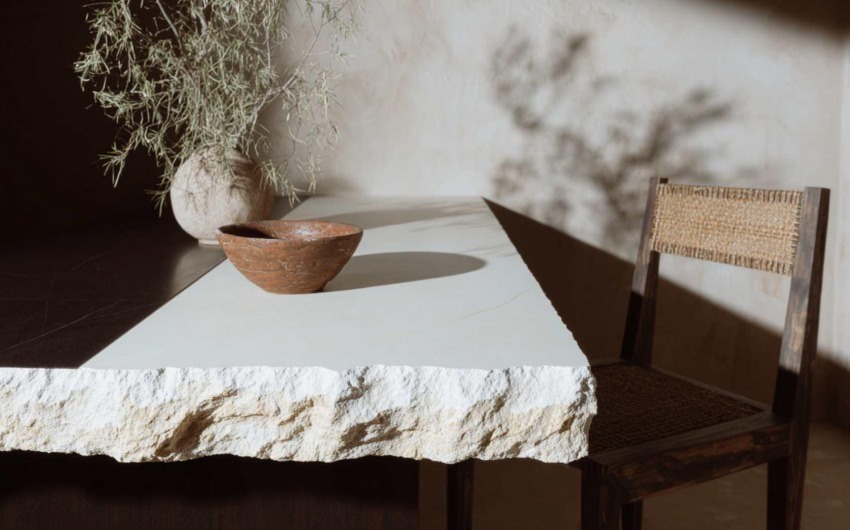
_0f565b1edb_633.jpg)
